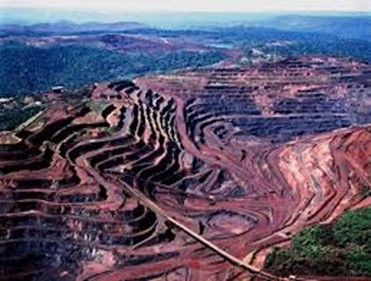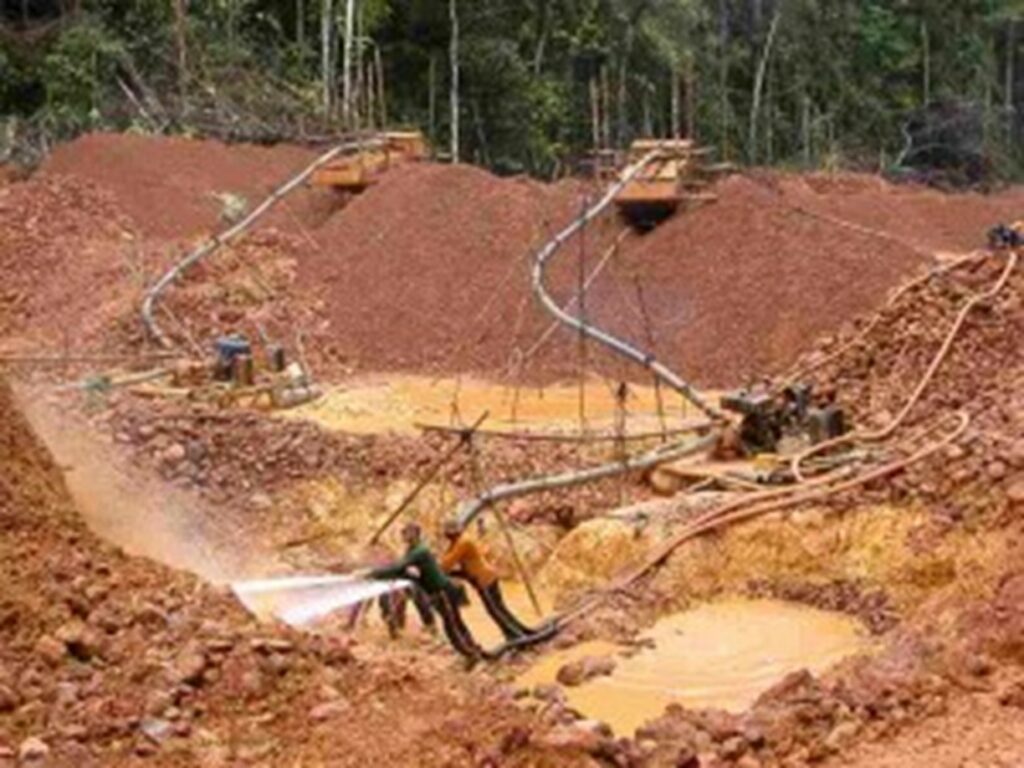The mining industry has been considered, for centuries, an important source of resources and jobs for communities and regions around the world. As the demand for minerals and metals continues to rise, mining is expected to continue to grow for decades to come. However, this growth also poses fundamental social, economic and environmental challenges. In this article, we will analyze the impacts and benefits in the communities and regions where the extraction of natural resources takes place, addressing issues such as the employment generation, the effects on the quality of life of local communities and Environmental risks and social derived from mining activity.

The world economy driven by the mining industry
Mining, called primary economic activities, is a complex, varied production process linked to other types of possessions. Minerals have become the fundamental base of the industry and input for the development of other economic activities such as the transportation, construction, electronics, automotive, aeronautical, maritime, chemical, energy, medicine, military, domestic use, technological innovation and financial innovation, in its figure of commodity in international financial markets. The greed for minerals and capital accumulation changed the mining of the past for one on a world scale. The change to the domain of financial capital has been intensifying the expansion of projects aimed at the control, extraction and export of mineral resources, mainly precious metals.
Mining represents about 10% of world economic activity, it is estimated that another 10% is represented by payments to service industries and direct support, in fact, 45% of world economic activity is driven by the mining sector . The output of the global mining industry was equivalent to 6.9 percent of the gross domestic product worldwide at USD 5.9 trillion.
Having a strong mining industry ensures independence in the supply of materials that are essential to boost the economy of the future, the green economy.
A green economy based on renewable energy sources and an electrification system that leaves behind everything that emits some kind of CO 2 into the atmosphere. There are transversal minerals, whose use is important in the manufacture of wind turbines for wind power generation, lithium batteries, solar panels and energy storage devices.
Employment generation
The mining industry is one of the world’s largest employers, accounting for close to one percent of the global labor force, and is an important source of income for local and national economies. In some regions, mining is the main employer and the economic engine, it has a multiplier effect on the local economy, since employees of the mining industry spend their salaries on local goods and services, which generates employment in other sectors.
However, job creation in this industry also presents some challenges. Most mining jobs are highly specialized and require advanced technical skills. This means that local workers may not have the necessary skills to work in the mines, limiting the ability of this industry to hire local workers. In addition, it often uses temporary workers and subcontractors, which can make it difficult to create quality and sustainable employment.
Effects on the quality of life of local communities
The mining industry can have a significant impact on the quality of life in local communities. Mining can provide communities with access to basic infrastructure and services, such as roads, hospitals, and schools, that would not otherwise be available. It provides communities with economic and social development opportunities, such as the creation of small businesses and improved access to financial services.
However, mining can also have negative impacts on the quality of life of local communities. This activity generates high levels of noise, dust and vibrations, affecting the health and well-being of communities and also affects access to natural resources, such as water and land, which can disrupt the ability of local communities to maintain their livelihoods.
In addition, this activity impacts local culture and traditions, influencing the cultural and social identity of local communities. These are consequences of mining development that related industries must consider very responsibly to avoid or minimize their negative impact on communities.
Environmental and social risks
- Environmental and social impacts . It contributes to the degradation and destruction of natural ecosystems and habitats for local fauna and flora, pollution of water and air, affecting human health and wildlife. In addition, it favors climate change through the emission of greenhouse gases.
- Significant social impacts. Mining activity can displace local communities from their lands and homes, which can affect their livelihoods and way of life, contributes to the violation of human rights, including the rights of indigenous peoples and local communities. This activity is often associated with corruption and a lack of transparency in concession agreements and relationships with local and national governments.
- The risk increases due to illegal mining activity that has caused enormous environmental impacts, generating large sources of mercury contamination, contaminating rivers, streams, flora and fauna, and causing the alteration of natural cycles.

A balanced and sustainable approach
To maximize the economic and social benefits of the mining industry, it is essential to adopt a balanced and sustainable approach that takes into account the economic, social and environmental impacts of mining activity. This involves balancing the economic and social benefits of mining with the need to protect the environment and the human rights of local communities and involves a number of measures, including:
- Participation of local communities in the decision-making process: The meaningful participation of local communities in decision-making about mining activity can help ensure that the interests of communities are considered and respected.
- Adopt responsible environmental practices and respect local and national environmental laws and regulations to minimize the environmental impacts of mining activity.
- Respect the human rights of local communities and work with them to mitigate the negative social impacts of mining activity.
- Invest in local development, including creating sustainable jobs and improving access to basic services such as water, education and healthcare.
Conclusions
The mining industry can have important economic and social benefits for the communities and regions where the extraction of natural resources takes place. However, it can also have negative impacts on the quality of life of local communities and on the environment . A balanced and sustainable approach to mining can help maximize economic and social benefits while protecting the environment and the human rights of local communities.
To achieve this approach, mining companies need to work collaboratively with local communities, regulatory authorities and other key stakeholders. In addition, effective policies and regulatory frameworks are needed that encourage responsible environmental and social practices and that promote transparency and accountability in the mining industry.

